Program
Diagnosis by scalp type
Program
Diagnosis by scalp type
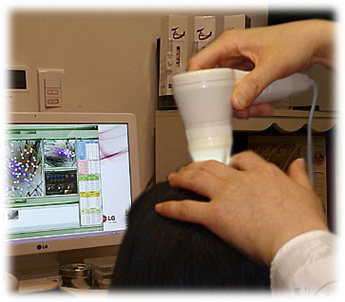
Diagnosis by scalp type
Improved scalp type problem by accurate diagnosis of scalp
Itching and pulling feeling, the head is oiled without a head for a day, Microscopic diagnosis of the problem of the scaly scalp Managing the scalp type is a shortcut to preventing hair loss.
Features of each type of scalp
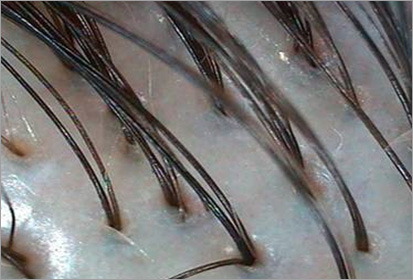
Normal scalp
The normal scalp has a clear and transparent tone of light skin or light blue, and the surrounding pores are clean without aging dead skin or impurities, and the pores are open, so nutrients are easily absorbed.
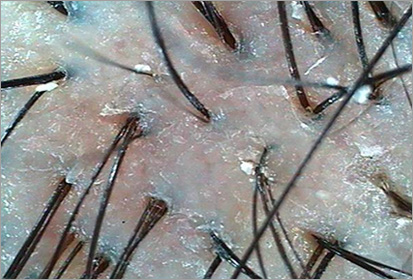
Oily scalp
It is caused by accumulation of sebum oxide due to excess sebum secretion and aging horny quality.
It is characterized by inflammation and itching accompanied with odor on the scalp, and the pore area is severely clogged and stickiness is prominent.
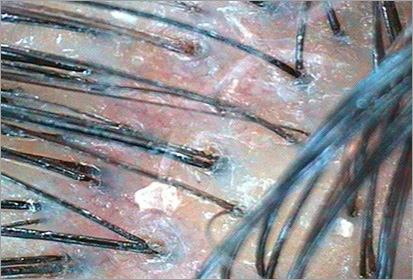
Seborrhoeic scalp
Due to excessive sebum production, aging is accumulated thickly, accompanied by bright reddish erythema, itchy and unpleasant smell, and malathaceous acid abnormal growth, inflammation of the scalp is also caused
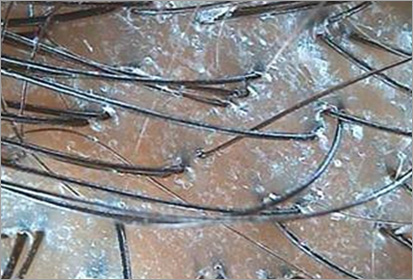
Dry scalp
It is caused by lack of sebum secretion due to lack of water and sebaceous secretion.
It is a scalp which is caused by lack of secretion of sebum.
It is packed in white color on the scalp and dead skin around the pore by the dead skin from the scalp, and the scalp is irregularly divided.
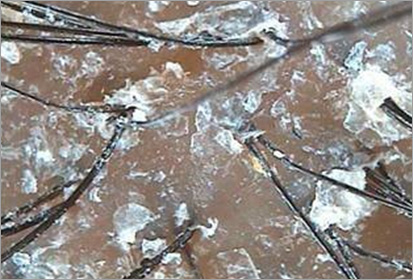
Dandruff scalp
It is caused by abnormal proliferation of malassexia bacteria, an imbalance of hormones, genetic diseases and the like.
It maintains a ton of turbid scalp, accompanied by itching.
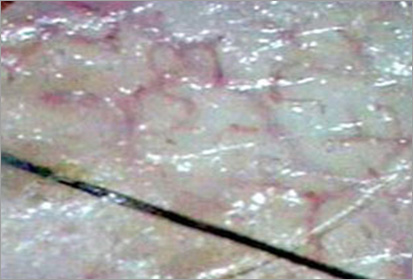
Sensitive scalp
The capillaries are enlarged so that they react sensitively to external weak stimuli or by fever. It is reddish, with erythema and inflammation on the surface, or a thin vinegar visible to the naked eye.
The sensitive scalp can be observed on any scalp, such as dry, oily, dandruid scalp, and it may be accompanied by itching due to weak resistance to bacterial and viral infiltration